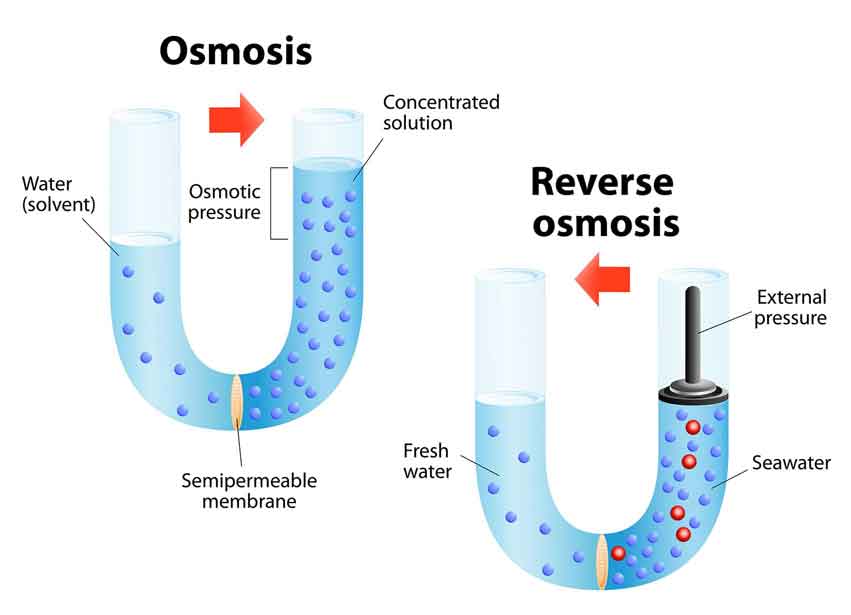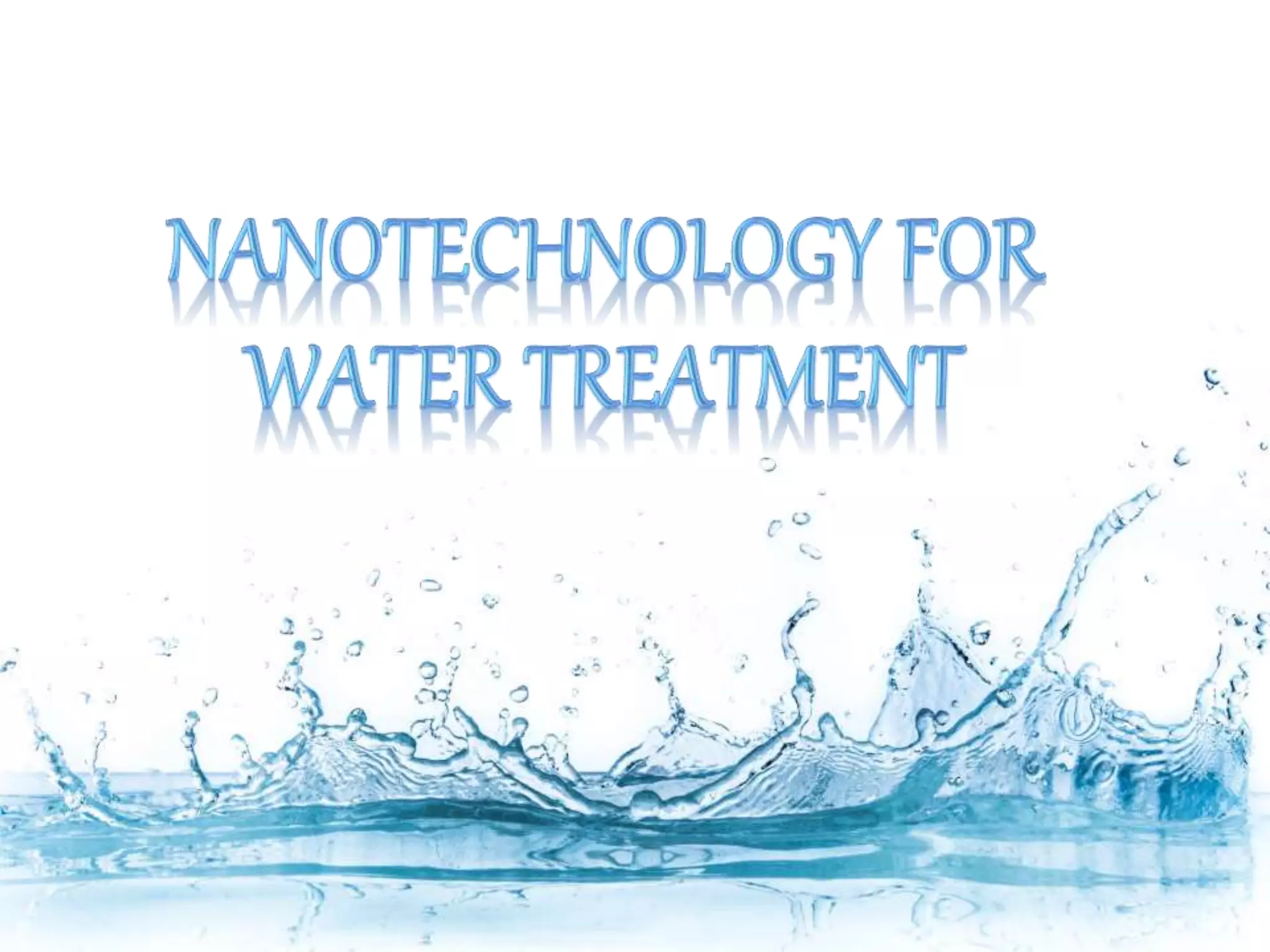Exploring Sustainable Water Treatment Options for the Future

In today’s rapidly changing world, sustainable practices are no longer optional—they’re imperative. As our global population grows and urbanizes, the demand for fresh, clean water continues to rise. Coupled with the challenges posed by climate change, the importance of sustainable water treatment has never been more paramount. So, what sustainable water treatment options are shaping our future?
Why Sustainable Water Treatment Matters
The saying goes, “Water is life.” But what if that water isn’t clean or sustainable?
Conservation of Precious Resources
Water is finite. As more regions face water scarcity, it’s crucial we utilize every drop judiciously. Treating and reusing water can help conserve this vital resource.
Protecting Our Ecosystems
Unsustainable water practices can damage our ecosystems. Polluted water runoff can harm marine life, while excessive water extraction can disrupt local habitats.
Economic Benefits
Clean water drives the economy. From agriculture to industry, businesses rely on water. Investing in sustainable water treatment can spur economic growth and create green jobs.
Emerging Sustainable Water Treatment Methods
Our future looks promising with numerous innovations in water treatment. Here are some that lead the pack:
Solar Desalination
Harnessing the power of the sun, solar desalination converts seawater into drinkable fresh water. By using solar energy, it reduces the carbon footprint associated with traditional desalination methods.
Biofiltration
Mother nature to the rescue! Biofiltration uses natural processes, employing microorganisms to remove contaminants from wastewater. It’s eco-friendly and reduces the need for chemical treatments.
Wetlands Treatment
Nature’s kidneys! Constructed wetlands can act as natural filters, removing sediments and pollutants from water as it flows through plants and soils.
Graphene-based Filters
Science fiction? Think again. Filters made from graphene—a single layer of carbon atoms—can effectively filter out even the tiniest contaminants, ensuring ultra-pure water.
Harnessing Technology: Smart Water Management
Technology isn’t just for your smartphones. The future of sustainable water treatment lies in smart water management.
IoT in Water Treatment
Internet of Things (IoT) devices can monitor water quality in real-time, detect leaks, and optimize treatment processes, saving both water and energy.
Artificial Intelligence (AI) and Big Data
AI can analyze vast amounts of data to predict water demand, optimize distribution, and even anticipate equipment failures in treatment plants.
Community Engagement and Education
Sustainability isn’t just about technology; it’s about people too.
Grassroots Movements
Local communities worldwide are spearheading projects to conserve and clean their water sources, proving that small actions can lead to big changes.
Educational Initiatives
Teaching the next generation about the importance of water sustainability ensures a future where everyone respects and conserves this precious resource.
Conclusion
Our future hinges on sustainable practices, and water treatment is no exception. By embracing new technologies, reverting to some age-old natural methods, and emphasizing community engagement, we can ensure that our future is not just sustainable but also bright. Because every drop matters.
FAQs
- What’s the difference between desalination and solar desalination?
Desalination refers to any method that removes salt from seawater, while solar desalination specifically uses solar energy to drive the process. - Are graphene-based filters available commercially?
As of now, graphene-based filters are still in development stages, but they promise a revolutionary change in water purification. - How do wetlands treat water?
Wetlands, with their plants and microorganisms, act as natural filters. As water flows through, contaminants get trapped or broken down. - Can AI really predict water demand?
Yes! By analyzing data from various sources, AI can predict patterns of water usage and help in efficient distribution and management. - How can I contribute to sustainable water practices?
Start at home! Conserve water, avoid contaminating water sources, and support or initiate local sustainable water projects. Every action counts!












